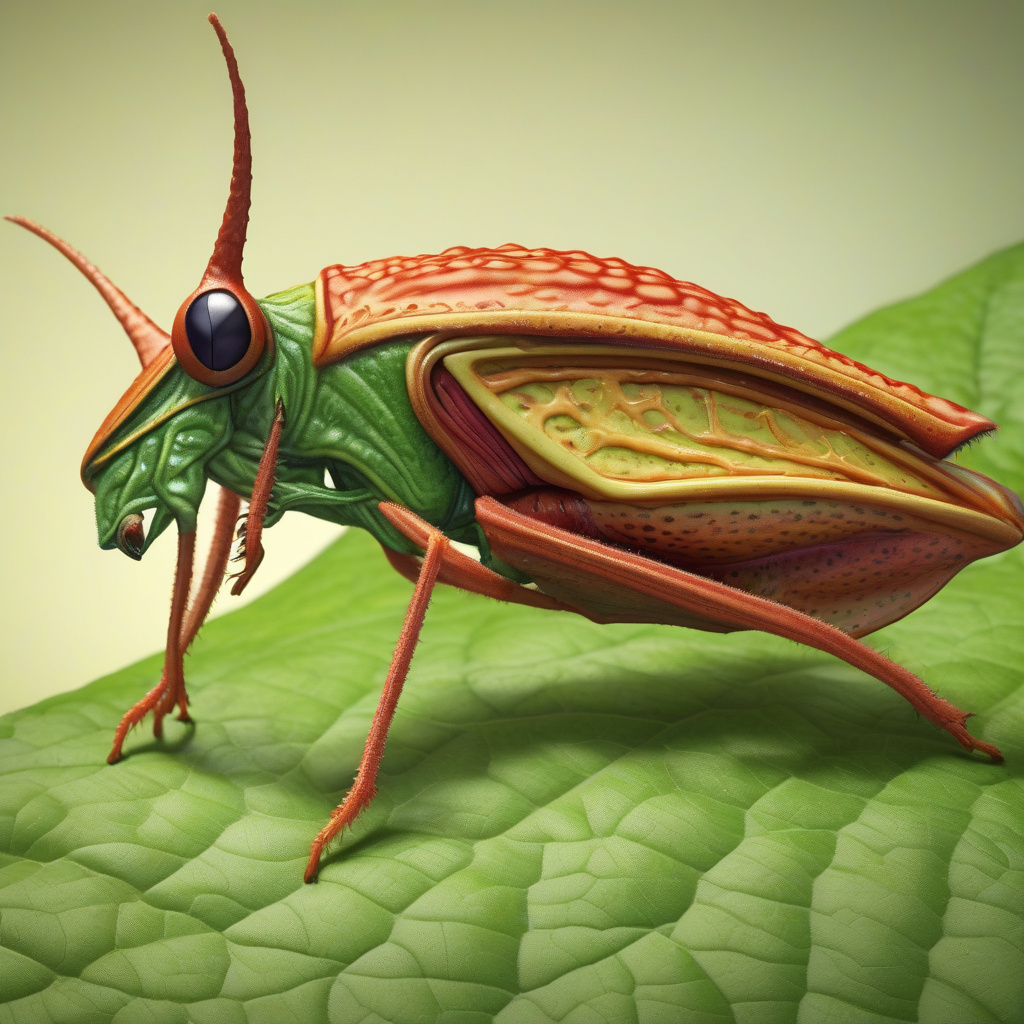Treehoppers: The Evolution of Bizarre Body Shapes to Sense Electric Predators
Treehopper insects are some of nature’s most peculiar creations. With spiny helmets, ball-like bumps, and elongated structures protruding from their bodies, these tiny creatures have long baffled scientists with their outlandish appearances. However, a recent study suggests that there is more to treehoppers’ unique morphology than meets the eye – it may have evolved as a defense mechanism against electric predators.
In the animal kingdom, the ability to sense and evade predators is crucial for survival. While most species rely on keen senses such as sight, smell, or hearing to detect danger, treehoppers have taken a different approach. Researchers have discovered that these insects may have evolved their bizarre body shapes to detect and defend against electrically sensitive predators such as spiders.
The study, conducted by a team of biologists and published in the journal Current Biology, found that treehoppers’ exoskeletons contain specialized mechanoreceptors that are sensitive to electrical fields. When a predator approaches, these sensors detect the electric signals produced by the predator’s movements, alerting the treehopper to the potential threat.
To test this hypothesis, the researchers conducted experiments using artificial electric fields to simulate predator attacks. They found that treehoppers responded to these signals by rapidly moving or jumping away, demonstrating their ability to sense and react to electric stimuli.
This evolutionary adaptation provides treehoppers with a unique advantage in the arms race against predators. By detecting electric signals, they can anticipate an attack before it occurs and take evasive action to avoid becoming prey. This sensory ability adds a new dimension to our understanding of the intricate strategies that have evolved in the natural world to ensure survival.
The implications of this study go beyond the fascinating world of treehoppers. Understanding how these insects have adapted to sense electric predators could inspire new technologies in the field of biomimicry. By mimicking the mechanisms that allow treehoppers to detect electrical signals, scientists may be able to develop advanced sensors or detection systems with applications in various industries, from security to robotics.
Moreover, the study underscores the importance of preserving biodiversity and studying the natural world. Treehoppers, with their bizarre body shapes and unique adaptations, serve as a reminder of the endless wonders of evolution and the intricate relationships between species in ecosystems.
As we continue to uncover the mysteries of the natural world, studies like this one shed light on the incredible diversity of life on Earth and the remarkable ways in which organisms have evolved to survive and thrive. Treehoppers, with their electric predator-sensing abilities, stand as a testament to the ingenuity of evolution and the endless possibilities of adaptation in the face of adversity.
In conclusion, the study revealing the evolution of treehoppers’ bizarre body shapes to sense electric predators opens new doors of exploration into the intricacies of natural selection and adaptation. These tiny insects have demonstrated once again that nature is full of surprises, waiting to be uncovered and understood.
evolution, biodiversity, biomimicry, adaptation, naturalworld












